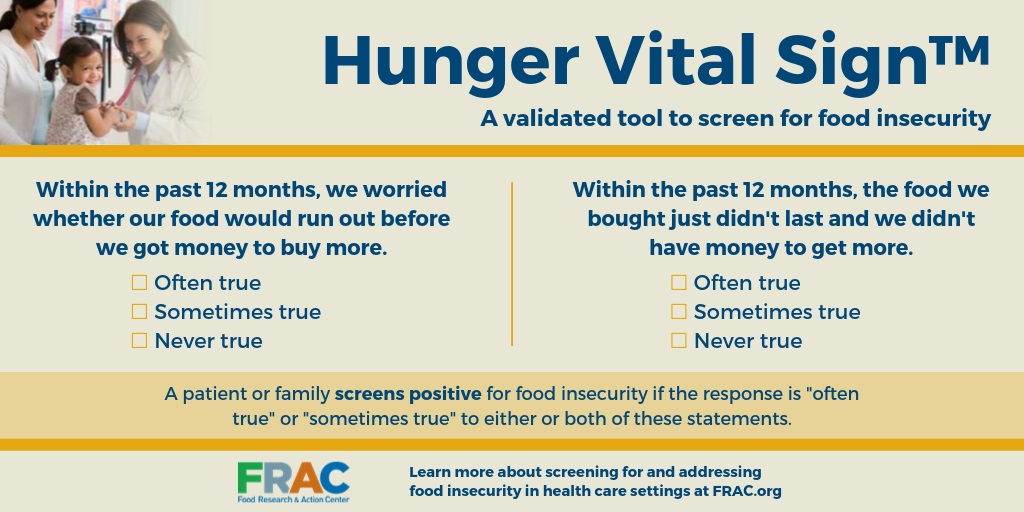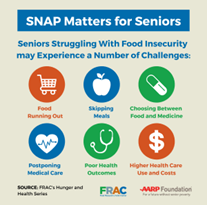Understanding Food Insecurity
- Food insecurity exists whenever it’s difficult to access nutritionally adequate, safe, and acceptable food in a socially acceptable way. We look at the 5 A’s to determine if someone is food insecure. When one or more of these Five A’s are not met, then a person can fall into food insecurity. (Check out The Food Security Quest to learn more)
- Availability: Sufficient food for all people at all times
- Accessibility: Physical and financial access to food at all times (can you get there? Is it far? Is it affordable?)
- Adequacy: Access to food that is nutritious and safe (Is there healthy food there?)
- Acceptability: Access to culturally acceptable food, produced and obtained in ways that do not compromise people’s dignity (Is there stigma around accepting food? Are these foods you commonly eat?)
- Agency: The local and national policies, groups, and programs that help you achieve food security (ex. SNAP, food pantries, school lunch)
Answering the Two Item Food Insecurity Screening Questions can help decide if someone is food insecure

Groups with higher than average rates of food insecurity in 2019 were
- Households with incomes near or below the Federal Poverty Line
- Households with children
- Single Parents
- Black and Hispanic households
- People living alone
Causes and Barriers: There are many barriers to food security like
Did you know predominantly white neighborhoods have four times more grocery stores than Black neighborhoods. The USDA food environment atlas(link is external) can show you national and local data like the map below
- Disability, physical limitations, and chronic health conditions
- Geography -urban, rural, and low-income areas can be far from grocery stores or lacking in fresh produce sales
- Employment-both being unemployed and being employed but in a low-wage job
- Housing and Transportation-Lack of access to either
- Structural inequality, policy, and discriminatory practices put some populations of individuals at higher risk for food insecurity.
Did you know predominantly white neighborhoods have four times more grocery stores than Black neighborhoods. The USDA food environment atlas(link is external) can show you national and local data like the map below

Click in the Nutrition Assistance Programs to learn more about food and nutrition programs like SNAP

